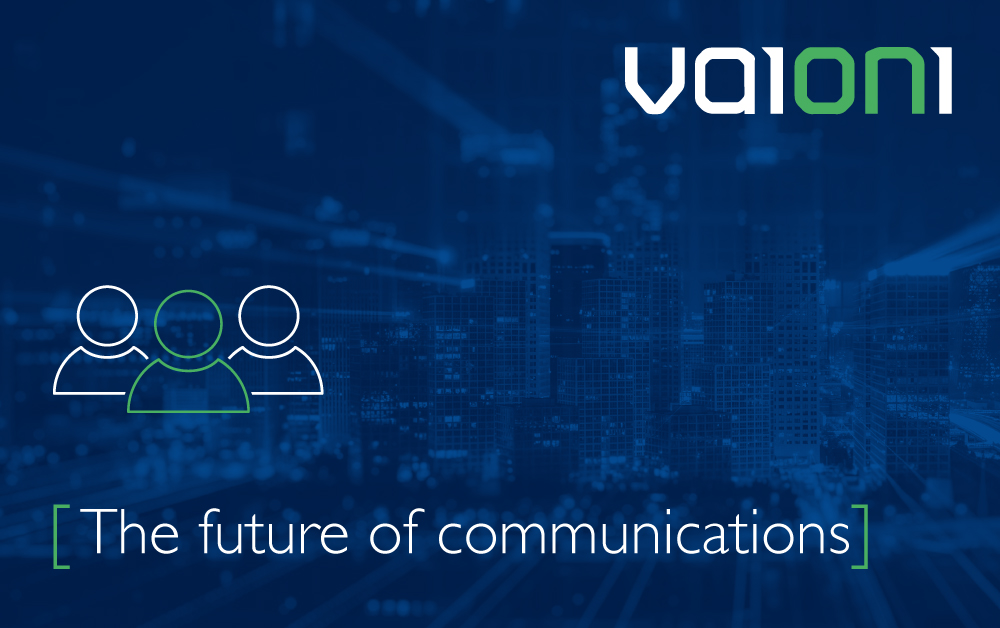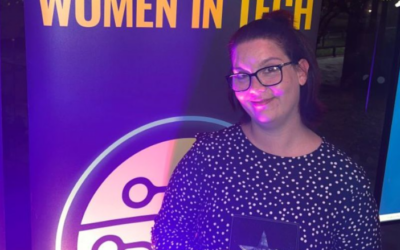What comes after 5G? How do we get ultrafast broadband to the most isolated areas? How do we make communications truly immersive?
Most of us are too busy making the most of the communication technologies that are here today to think too far into the future. Luckily, we don’t have to. Part of telecoms regulator Ofcom’s role is keeping an eye on emerging technologies and preparing the rest of us for what the future might bring.
That’s the purpose of its latest report, that you can download here. It’s nearly 100 pages of in-depth technological crystal ball gazing though, so we’ve summarised some of the main points below. The simple take home message? If you think digital communications are advanced now, wait till you see what’s just around the corner.
Mobile and wireless technology
Most of us are still waiting for 5G and the huge upswing in mobile bandwidth and reliability that the technology will bring, but progressive companies are already tinkering with both the service and devices connecting to it in an attempt to squeeze even more out of the 5G network.
One of the most promising avenues in this respect appears to be AI. AI applications are being tested for network optimisation, learning to manage 5G traffic in the most efficient way. For example, AI can predict where network resources are likely to be most needed, and switch them on and off as required (which also saves energy).
Meanwhile, experiments have shown that AI can increase 5G coverage by up to 25%, by directing 5G devices to the best 5G capable cells in any location.
And then there’s intelligent reflecting surfaces (IRS), which promise to boost the speed, reach and consistency of mobile signals by bouncing them over or around hilly terrain or tall buildings.
Other emerging solutions to the problem of mobile coverage include the use of drones, high altitude weather balloons and satellites as base stations in the sky.
Fixed line connectivity
There’s a great stat in the report. If your car’s fuel consumption had increased by the same proportion as the speed of data over the last 100 years, a thimble fuel of petrol would last you a lifetime.
From the telegraph to full fibre broadband in a century or so is an impressive rate of progress, and it’s not over yet. According to Ofcom, there’s enough theoretical capacity in the fibre optical spectrum to provide simultaneous video communications for every person in Britain.
For now, full fibre (FTTP) technology is the best we’ve got, though the report notes that we are nowhere close to exploiting its full potential. It’s quite possible with the technology available now to provide speeds of 40Gbps (up and downstream) to every home and business, though the required gadgetry (multi-wavelength laser transmitters) is currently too expensive for domestic or small business use.
The future could be faster still. In ways that are too complex to go into in any detail here, one promising area of research is to reduce the amount of glass in fibre optic cables. To put it very simply, the hollower the cable, the faster light passes through it. This technology, which is in development, could reduce latency by 30% while significantly broadening bandwidth.
Immersive communications
So what will all this incredible connectivity allow us to do? One possibility outlined in the report is an increase in ‘immersive communications’.
Which means what, exactly? In a nutshell, the more senses you use, the more immersive an experience is. With video calls, we see and hear the person we’re communicating with. But truly immersive experiences also utilise touch (and, potentially, smell – though nobody is talking about taste just yet). The main thing missing from virtual reality (VR) simulations at the moment is the ability to use touch to explore our surroundings.
According to the report, “touch seems to be the ultimate perceptual experience to achieve the sense of reality.” Or to put it differently, you can be impressed with realistic graphics and sound, but it’s when you can touch something that you start to believe it’s actually real.
With extremely high bandwidth connectivity, it’s possible to imagine touch (through advanced haptic feedback) being added to virtual and augmented reality experiences. As well as the, ahem, social potential in that, there are also clear business uses. Imagine being able to handle a product before it ever hits the production line, or feel the quality of a garment before entering your credit card details in an online store.
We’re some way from that yet, but as the Ofcom report makes clear, advanced communication technologies play a crucial role in almost any digital advance you care to mention. And whether we’re talking about driverless cars or virtual worlds that seem truly real, the future relies on connectivity – perhaps even more than the present.


